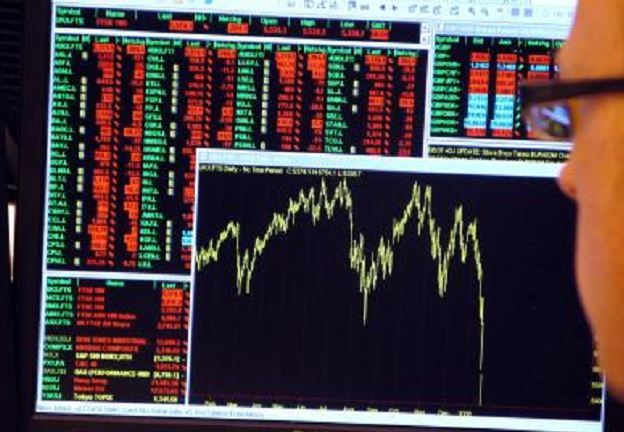
Oil traders are recording some of their best results on record, whilst the industry, and many countries, are reeling from the global downturn in the oil price.
Oil traders such as Vitol and its rivals Trafigura Group, Glencore, Gunvor Group, Mercuria and Castleton Commodities International are profiting from the increase in price volatility.
They are also filling storage to take advantage of contango – a situation where future prices are higher than current levels, allowing investors to buy oil cheap, store it in tanks and lock in a profit for a later sale using derivatives.
Oil traders are filling storage tanks and profiting from a market structure called contango that allows them to store oil to sell later at higher prices, according to Bloomberg business news.
They are also benefiting from price volatility and arbitrage opportunities between geographical markets.
Gunvor Group’s profit soared to a record $1.25 billion last year as its earnings from oil trading increased and after selling the bulk of its Russian assets.
Net income rose more than four-fold from $267 million in 2014, Cyprus-based Gunvor said in an e-mailed statement on Tuesday.
Its chief financial officer Jacques Erni said he expected trading profit to increase this year, after earnings from oil trading and refining increased 10% in 2015.
Profit was double the previous record set in 2009 as the company sold its Russian assets, including a majority stake in the Ust-Luga oil-products terminal.
Meanwhile Vitol Group, the world’s largest independent oil trader, said it handled a record volume of 6 million barrels a day of crude and refined products last year as it benefited from a market that “favors” traders.
Vitol’s net income was $1.25 billion in the first nine months of last year, up 59% from the same period of 2014, according to a person familiar with the company’s accounts.
The current market “favors a physical trader,” but is challenging for the wider industry, Vitol president and chief executive Taylor said.
“Whilst opportunities in the physical market continue to exist, we are increasingly vigilant in respect of counterparty risk as current price levels will inevitably test some market participants,” Taylor said last week.
“The absolute price levels and market volatility are causes for caution” as the risk of defaults increases, he said.
“We expect this coming year to be challenging for the oil sector. Demand growth will be in line with long term averages, but below the high levels seen in 2015.”
Vitol’s traded volumes of crude and oil products rose 13% from a year earlier to 303 million metric tons, equal to about 6.2 million barrels a day. That’s enough to meet the combined oil consumption of Germany, France, Italy and Spain. Revenue, which rises and falls in parallel to commodity prices, plunged 38 percent to $168 billion as oil fell.
Trafigura lowered its borrowing rate last week as the commodity trader raised $5.5 billion in bank financing amid record industry profits from oil trading.
Trafigura said in December that gross profit for its oil trading division soared 50 percent to a record $1.7 billion in the 12 months through September.
Meanwhile, more than 200,000 have been shed from the global oil and gas workforce since the end of 2014 when the oil price began to slide. More than 10,000 jobs have been lost in the North Sea oil and gas sector alone.
Recommended for you
